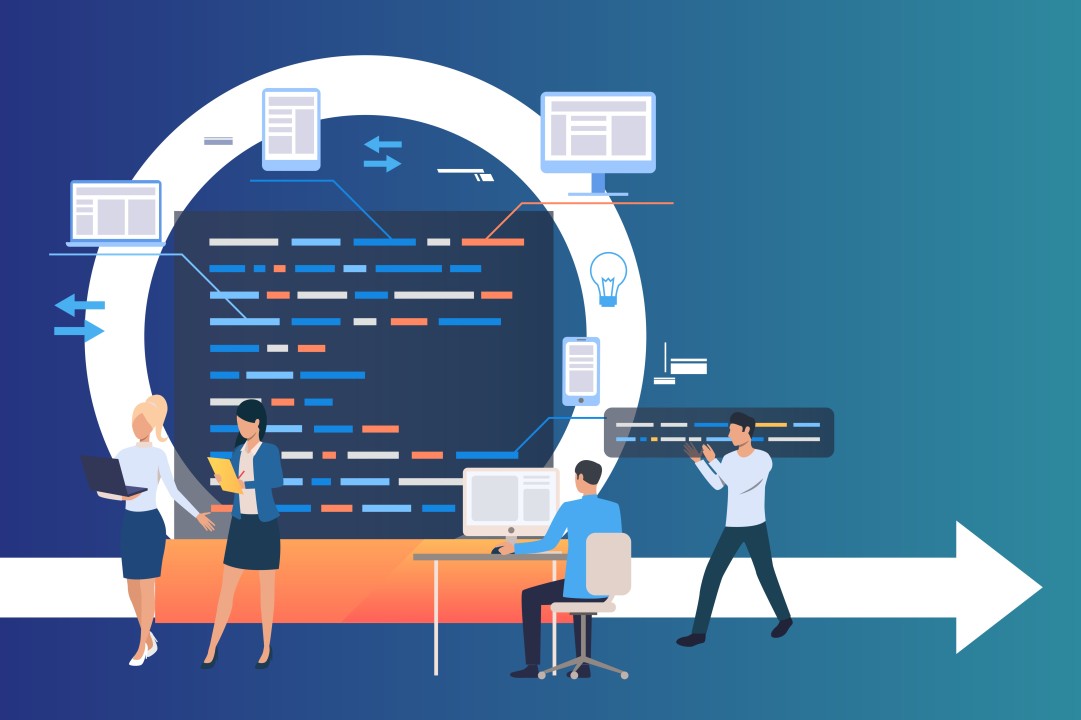Description
Introduction
Agile Product Lifecycle Management (PLM) is essential for optimizing workflows and enhancing collaboration across product development teams. This course focuses on practical applications of Agile PLM principles, providing participants with hands-on experience in implementing effective workflows for product lifecycle optimization. By exploring real-world scenarios and case studies, attendees will learn how to leverage Agile PLM tools and techniques to drive efficiency, innovation, and product quality.
Prerequisites
- Basic understanding of Agile PLM concepts
- Familiarity with product development processes
- Experience in project management or product development roles
Table of Contents
- Introduction to Agile PLM Workflows
1.1 Overview of Agile PLM Concepts
1.2 Importance of Workflow Optimization in PLM
1.3 Key Benefits of Agile PLM Workflows - Defining Product Lifecycle Stages
2.1 Stages of the Product Lifecycle
2.2 Aligning Workflows with Product Lifecycle Stages
2.3 Best Practices for Transitioning Between Stages - Collaboration and Communication in Agile PLM
3.1 Building Cross-Functional Teams
3.2 Facilitating Effective Communication
3.3 Utilizing Collaboration Tools for PLM - Developing Agile Workflows
4.1 Key Elements of Agile Workflows(Ref: Introduction to Data Governance in Agile PLM)
4.2 Mapping Out Workflow Processes
4.3 Implementing Iterative Development Practices - Workflow Automation Techniques
5.1 Identifying Opportunities for Automation
5.2 Tools and Technologies for Workflow Automation
5.3 Integrating Automation into Agile PLM Workflows - Change Management in Agile PLM
6.1 Managing Change in Product Development
6.2 Strategies for Effective Change Management
6.3 Engaging Stakeholders in Change Processes - Measuring Workflow Performance
7.1 Establishing Key Performance Indicators (KPIs)
7.2 Techniques for Monitoring Workflow Efficiency
7.3 Analyzing and Reporting Workflow Data - Case Studies in Agile PLM Workflows
8.1 Successful Implementations of Agile PLM Workflows
8.2 Lessons Learned from Real-World Applications
8.3 Applying Insights to Your Organization - Future Trends in Agile PLM Workflows
9.1 Emerging Trends in Product Lifecycle Management
9.2 The Role of AI and Data Analytics in PLM
9.3 Preparing for Future Challenges in Agile PLM - Workshop: Designing Your Agile PLM Workflow
10.1 Hands-On Activity: Mapping Your Workflow
10.2 Group Discussions and Feedback
10.3 Developing an Action Plan for Implementation
Conclusion
This course provides practical insights into Agile PLM workflows, enabling participants to optimize product lifecycle processes effectively. By implementing best practices and leveraging Agile tools, organizations can enhance collaboration, improve efficiency, and drive product quality. Understanding and applying these workflows is essential for staying competitive in today’s fast-paced product development landscape.






